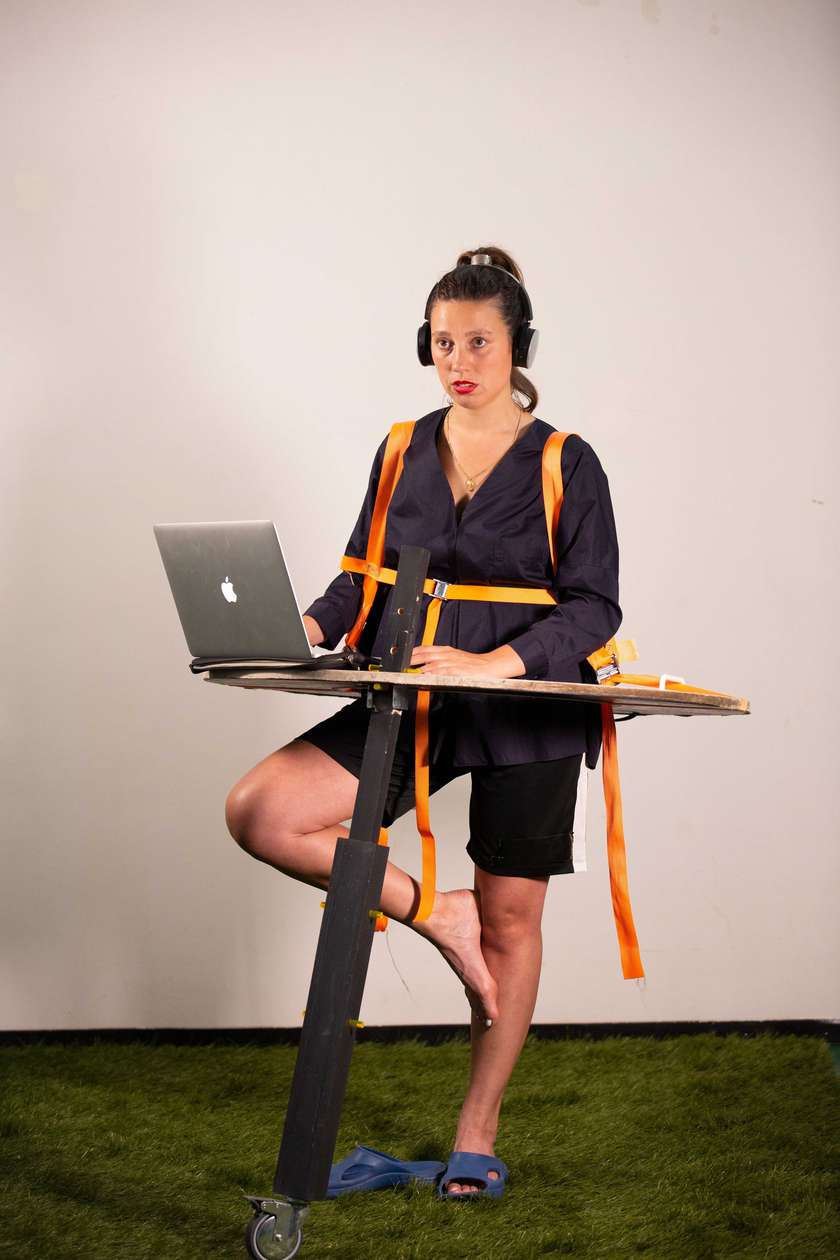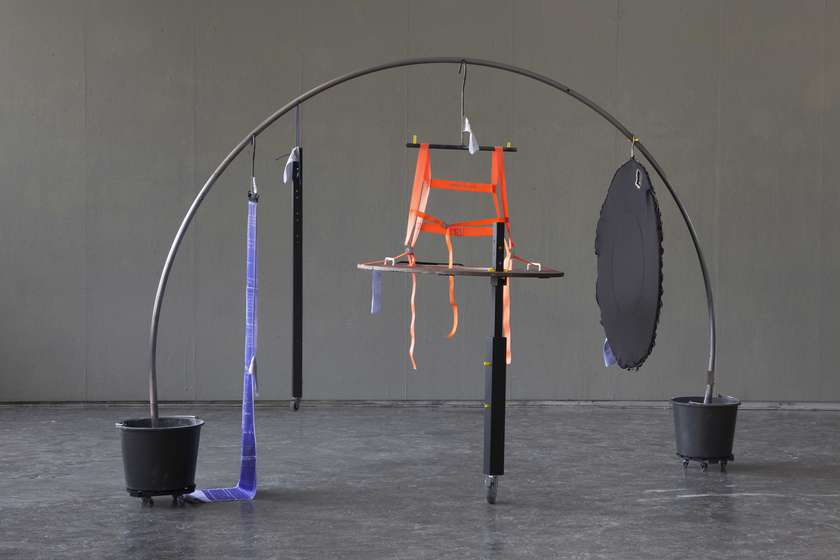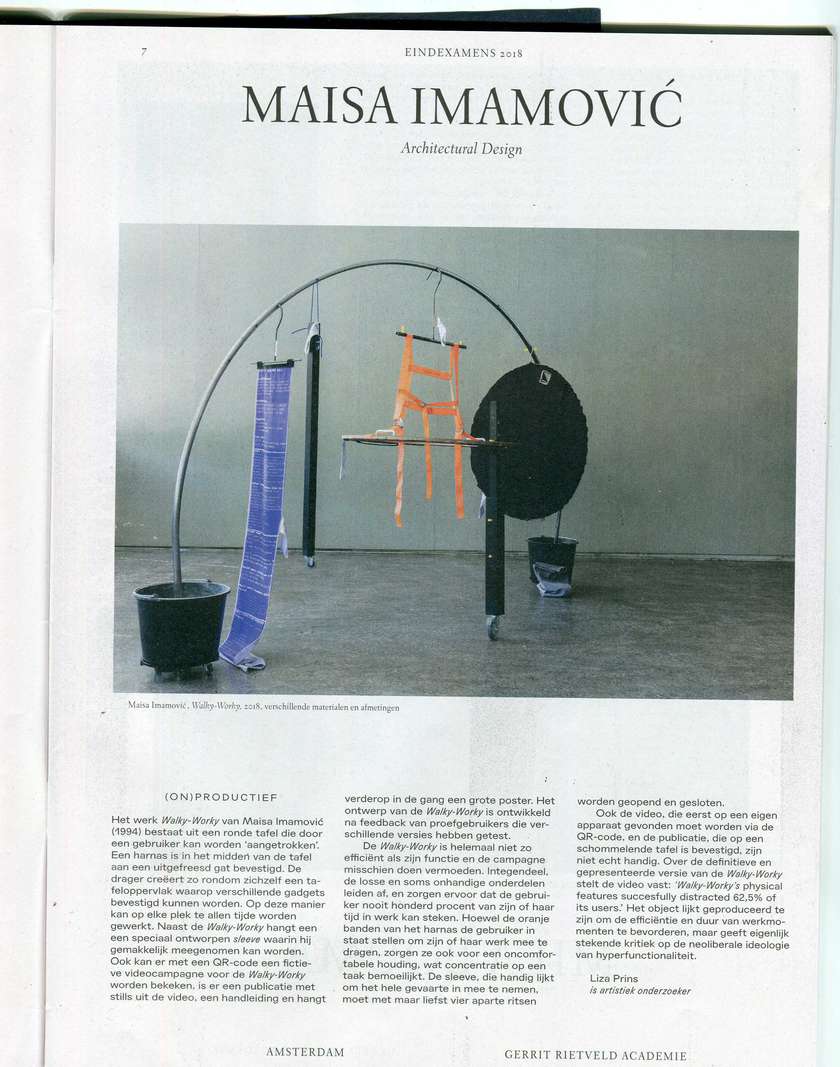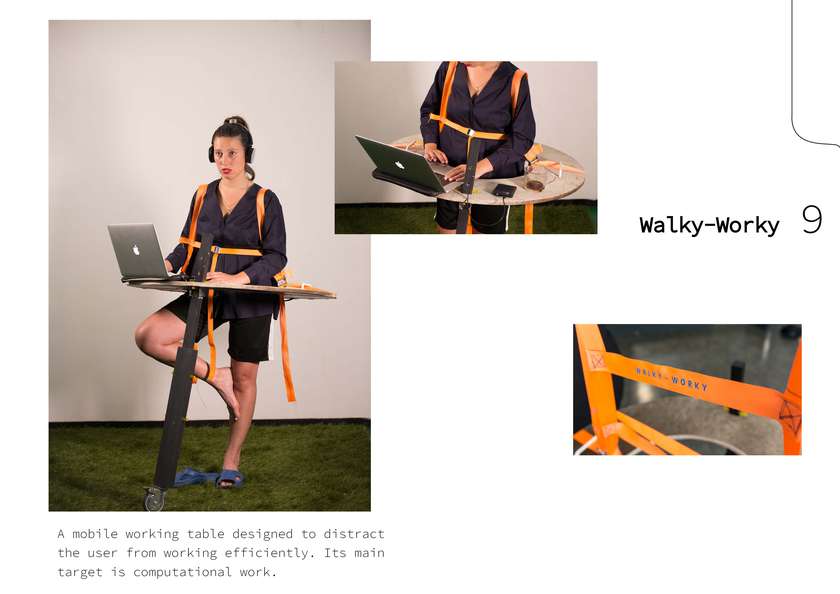Idea by
Maisa Imamović
Call for ideas 2019
Walky-Worky
Walky-Worky
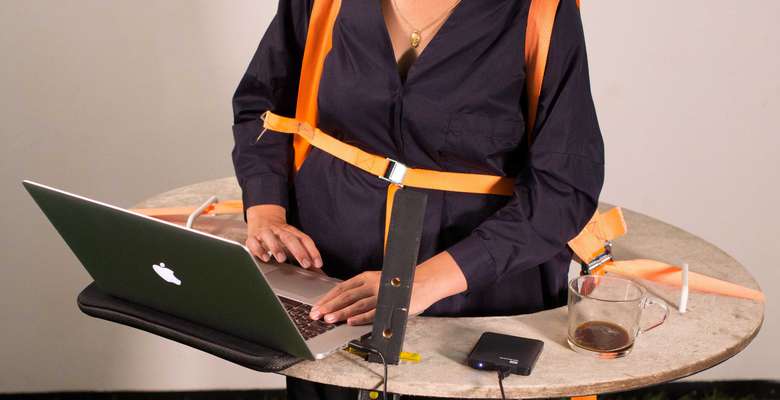
- New alliances
Public spaces provide full comfort and demand user’s dependency. Comfort is promoted as the quality of the space. It promises to transform spaces into safe spaces, of open-mindedness; but is that true? Commodified spaces cannot survive without users’ consumption of them. Think of educational institutions, clubs; supermarkets and cinemas are classic examples.
I don’t agree for spaces to be totally protective, or fostering needs to grow into dependent habits, where imagination shrinks. The user stops imagining when nothing in the space is missing. The user participates by confirming, and embodying the information as a new ideology to believe in.
The tradition of comfort lives on, and is passed onto generations to follow. Future makers are the messengers of that same comfort.
For discomfort to start competing with the dominant comfort found daily in spaces, the body should live it, before the same body proposes it as a tool for design. The design of discomfort is my proposal.
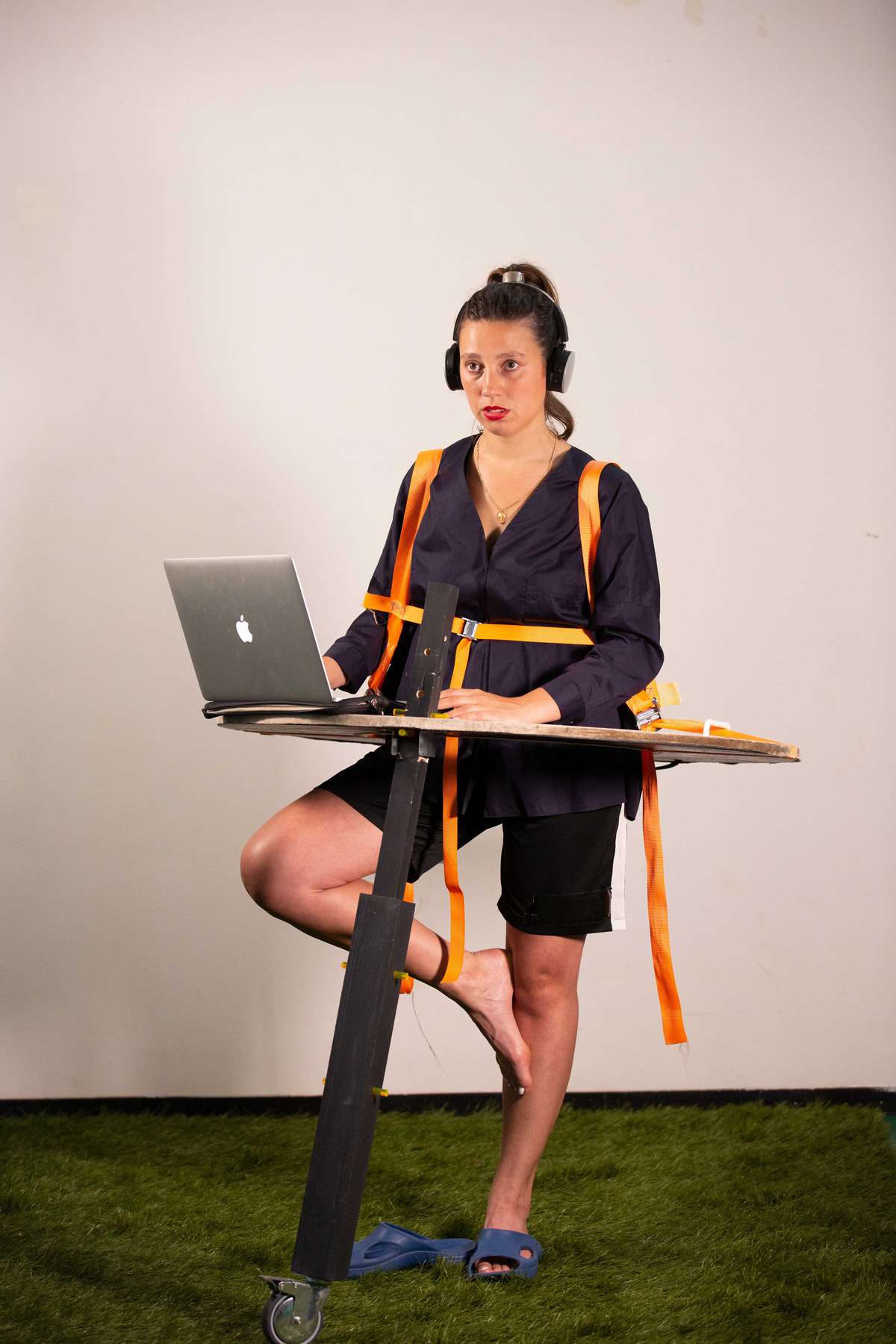
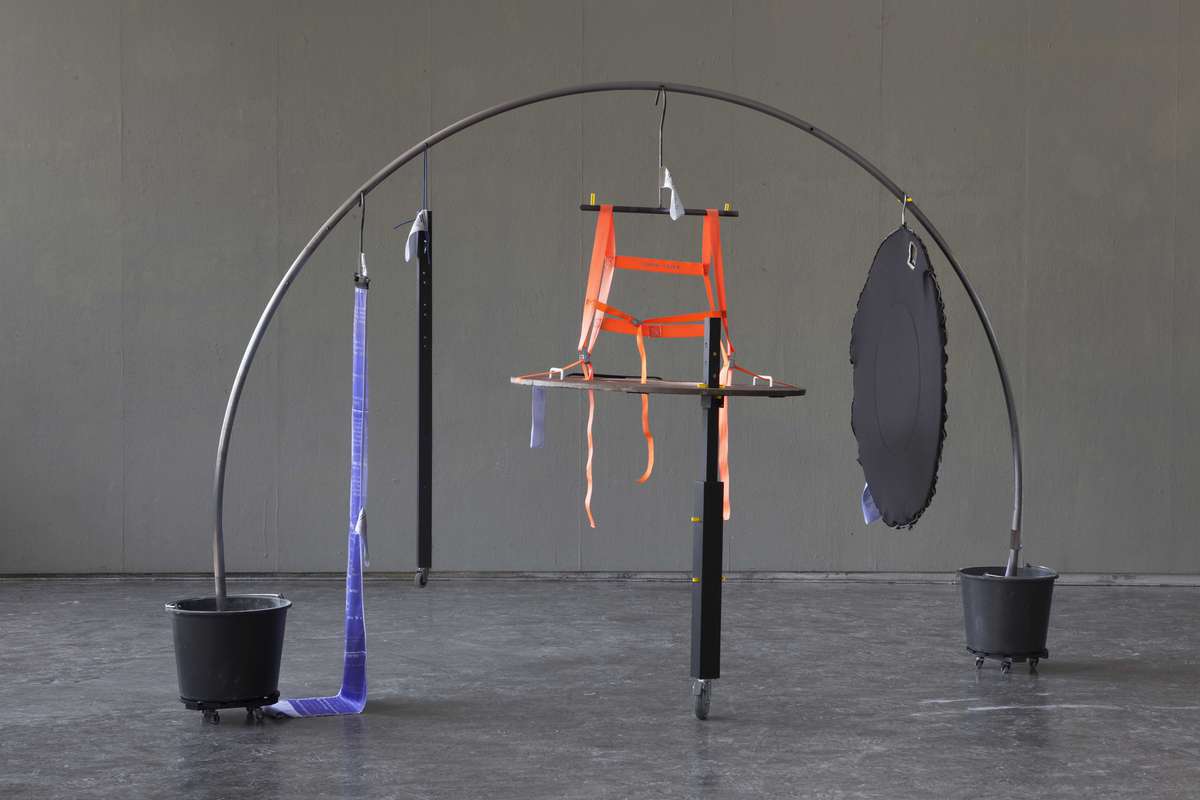
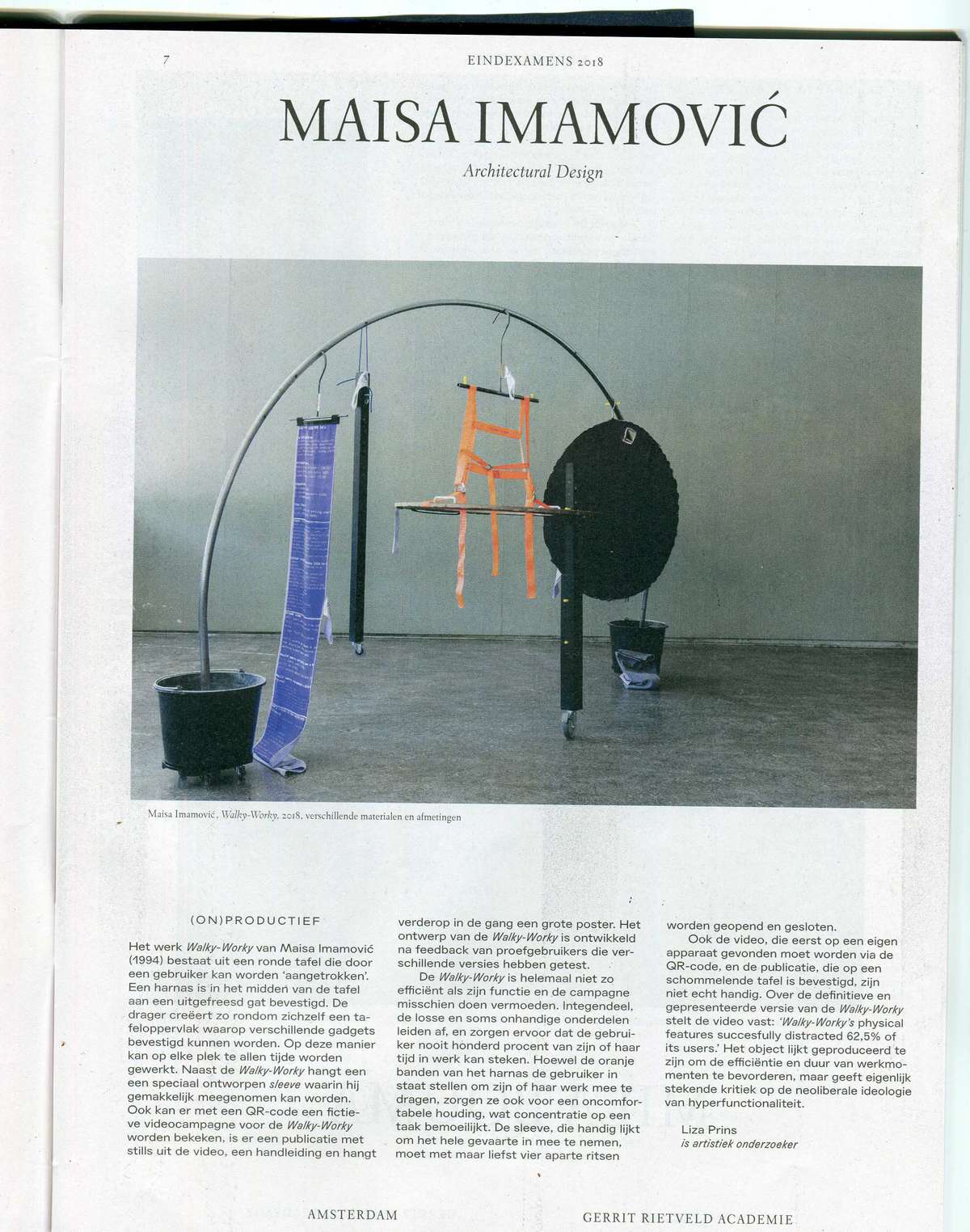
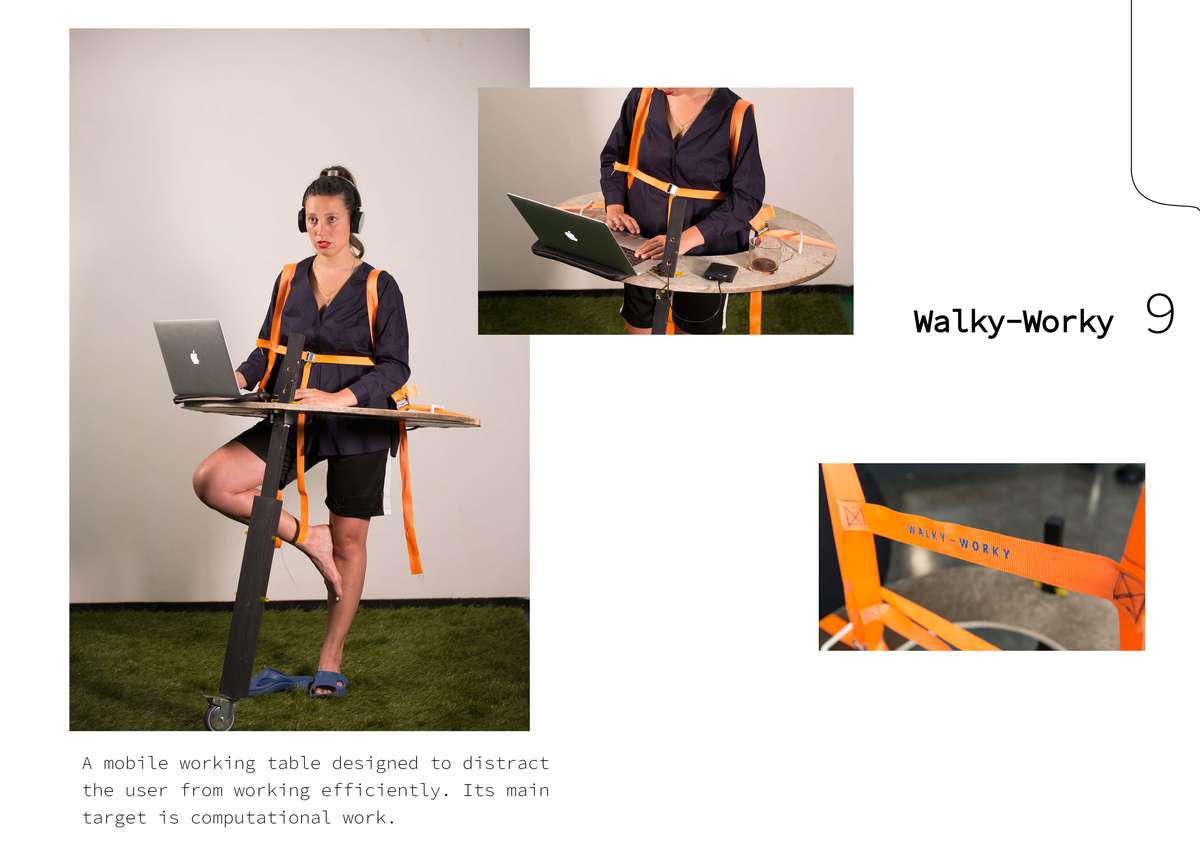
Walky-Worky
Walky-Worky

- New alliances
Public spaces provide full comfort and demand user’s dependency. Comfort is promoted as the quality of the space. It promises to transform spaces into safe spaces, of open-mindedness; but is that true? Commodified spaces cannot survive without users’ consumption of them. Think of educational institutions, clubs; supermarkets and cinemas are classic examples.
I don’t agree for spaces to be totally protective, or fostering needs to grow into dependent habits, where imagination shrinks. The user stops imagining when nothing in the space is missing. The user participates by confirming, and embodying the information as a new ideology to believe in.
The tradition of comfort lives on, and is passed onto generations to follow. Future makers are the messengers of that same comfort.
For discomfort to start competing with the dominant comfort found daily in spaces, the body should live it, before the same body proposes it as a tool for design. The design of discomfort is my proposal.
